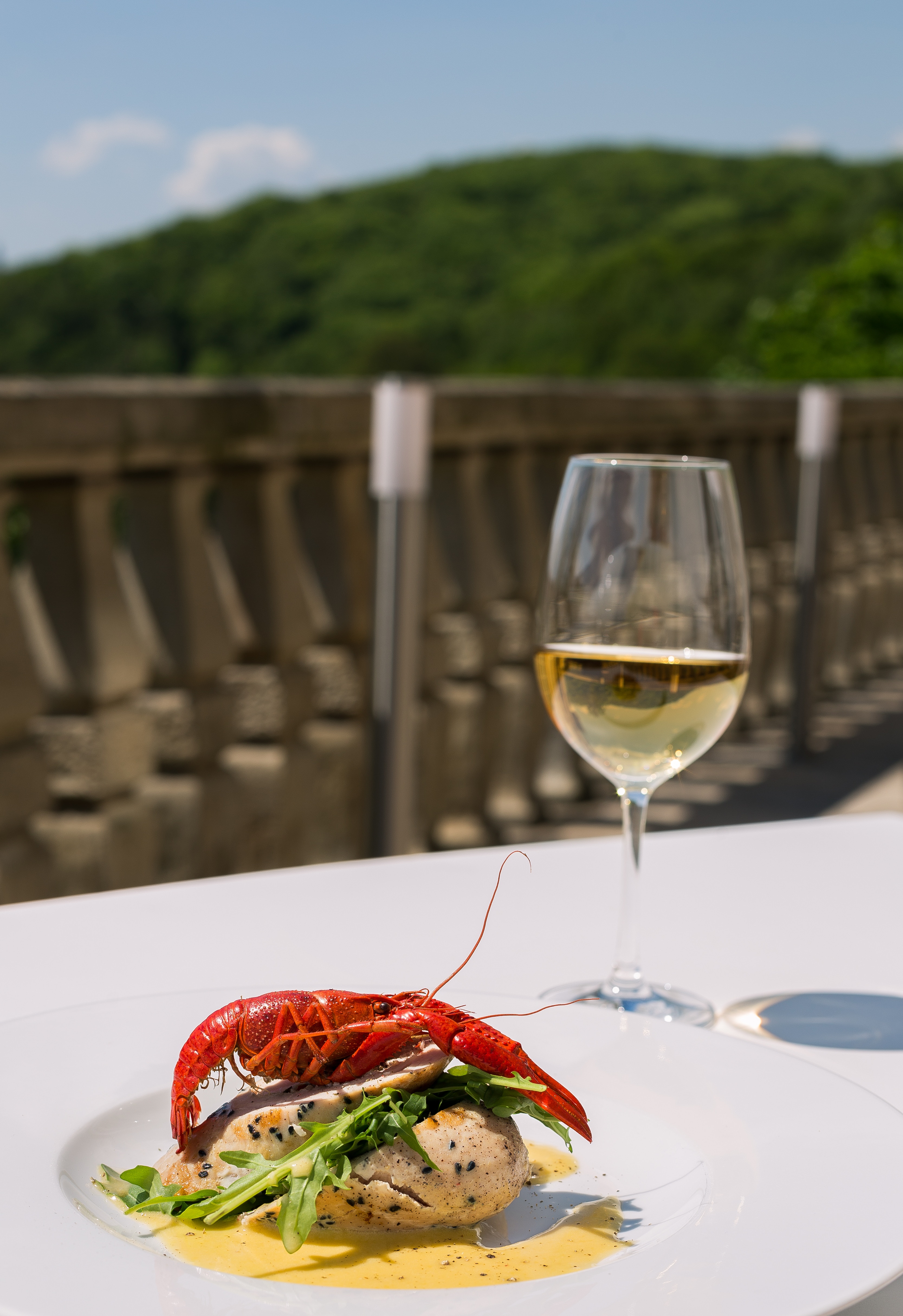Lobster: Still a Luxury Food or just another “Fish in the Sea”?
Seafood lovers may or may not realize that once upon a time, long, long....long ago, their favorite delicacy wasn’t always considered the rich, delectable, delicacy that it is today. That’s because at one time in our nation’s past, circa the 1600’s, lobsters were so plentiful that they would often wash up on the beaches.
Back then, lobsters were considered a ‘poor man’s food’, and typically fed to prisoners and indentured servants held by the European colonists. There were so many lobsters from the sea in abundance, they were essentially taken for granted as food due to their vast numbers.
By the time the late 1800’s rolled around, Maine had become a destination point for wealthy urbanites looking for weekend and vacation getaways from the big cities, thanks to the link to the rest of America created by the growth of the intercontinental railroad. With lobster being the state “specialty”, the well-heeled visitors managed to elevate lobster to a delicacy of choice that became symbolic of luxurious eating and dining.
Since the late 19th century, lobster has managed to hold its own as a coveted cuisine by those who can afford to enjoy it and dine on it on a regular basis, and those who aspire to enjoy it once in a great while because of its perception and status as an expensive, upper class food.
Because of a surge in the supply of Northern Atlantic lobster, and shifts in the economy, some have questioned if lobster is still a luxury seafood worthy of special status. And what happens when lobster becomes more accessible to the masses because of an egalitarian move that takes it from the exclusive and elegant dining scene to a fast food lobster roll menu item?

Lobster...Edible Status Symbol
Maine lobster is actually still in a good position to hold its title as a luxurious indulgence or edible status symbol for the predictable future. Surprisingly (or perhaps not), people who make up the Millennial generation; those born between roughly 1980 and 2000, make up about 45% of shoppers in the luxury market, and they enjoy having access to products considered luxurious. While they’re not as preoccupied with having “exclusive” rights to luxury items as in some instances, earlier generations, they do enjoy ‘accessible luxury’ that items like lobster represent, meaning they can enjoy it in everything from lobster rolls to unique appetizer dishes, and enjoy it without too much guilt! The specialness of enjoying lobster in this manner appears to be an excellent way of preserving lobster as one of the world’s luxurious foods.
Lobster...A Healthy Luxury!
Part of the draw to foods considered to be “luxurious” in nature, is that they support the desires of people who consider themselves to be ‘luxurians’...consumers who enjoy foods and activities that promote good health, healthy lifestyles, and help them to feel good about themselves. Not only are Millennials in this group but also Baby Boomers.
This is helping to fuel interesting trends in the food industry, where restaurants and dining establishments have become more focused on sourcing healthier, sustainable, and cleaner foods, serving them in purerer and more natural forms, such as raw vegetable juices, smoothies, etc. With regard to lobster, its future could be envisioned as one that positions it as a food that’s “healthy, fresh, honest, delicate [and] easy to eat.”
Lobster...A Reining Decadence
No matter how the world culture changes or evolves...however culinary trends ebb and flow, consumers will adapt to new ways of consuming seafood, trying out new recipes and following and acquiring new tastes and preferences. One thing we can be sure of though, is whether you consume your lobster at a 5-star restaurant with tuxedoed waiters, or in a roll at a seaside crab shack, lobster will always be synonymous with luxurious eating!